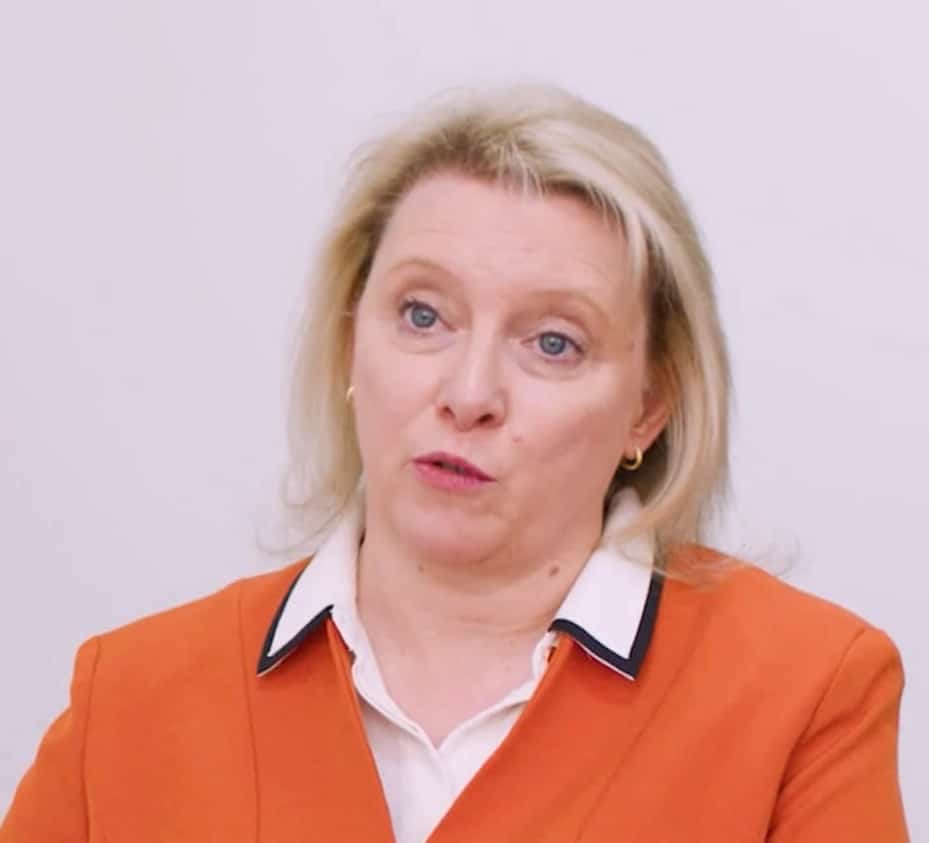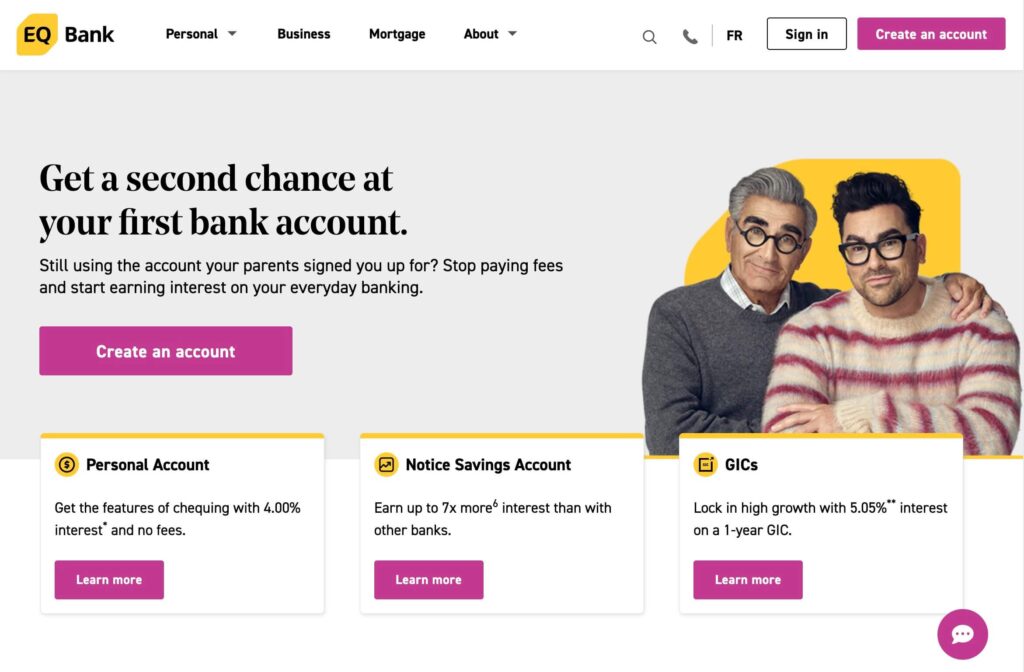- Home
- Case Study
- Healthscope Used Emotion AI to Achieve a 65% Increase in Patient Trust
Healthscope Used Emotion AI to Achieve a 65% Increase in Patient Trust

To date, over 400,000 surveys from patients have been collected in real time with almost 50% of all surveys containing a feedback comment. Adoreboard automated insight generation enabling executives to take action more quickly.
Healthscope is one of Australia’s largest private healthcare providers with over 38 hospitals and 5,400 beds nationwide.
Challenge
To date, over 400,000 surveys from patients have been collected in real-time with almost 50% of all surveys containing a feedback comment.
Manual analysis of responses was extremely time-consuming, lacking depth of understanding and consistency.
Solution
Adoreboard’s predictive insights software delivered a solution that fundamentally upgraded Healthscope’s insights in 3 major ways.
- Eliminating manual analysis through advanced text analytics with automatic, exploratory thematic analysis.
- Transitioning from simple sentiment analysis to quantifying the emotional intensity of themes.
- Moving from word cloud summaries of keywords to predictive insight–ordering drivers based on impact on NPS.
This resulted in a movement from understanding patients as numbers to understanding patients as people.
Now, we know you like numbers! So, in terms of the numbers behind those people, Healthscope has been deploying Adoreboard for the past 5 years and has seen a 13.9% increase in NPS as well as a 95% reduction in time consuming, ineffective manual analysis.
Furthermore, it has empowered frontline workers to lead with empathy by surfacing unknown concerns from patients which have led to new insights and significant operational change.
You can read more about Healthscope’s story, the individual insights and the experience of their patients in this interview-blog post with National Director of Clinical Governance (National Patient Experience Manager at the time), Jeffery Woods– we guarantee you’ll love it, even if you operate in a completely different sector 💕
Why partner with Adoreboard?
Adoreboard offers a new ability to produce more impactful, actionable insights from feedback and create a scalable solution to issues identified.
The numbers speak for themselves ↓
Customer

Get Your Edge
Book a personalised demo
Discover faster, deeper insights than you've ever had before
More customer success
Adoreboard is an official Qualtrics partner, recognised by Forrester and Gartner

